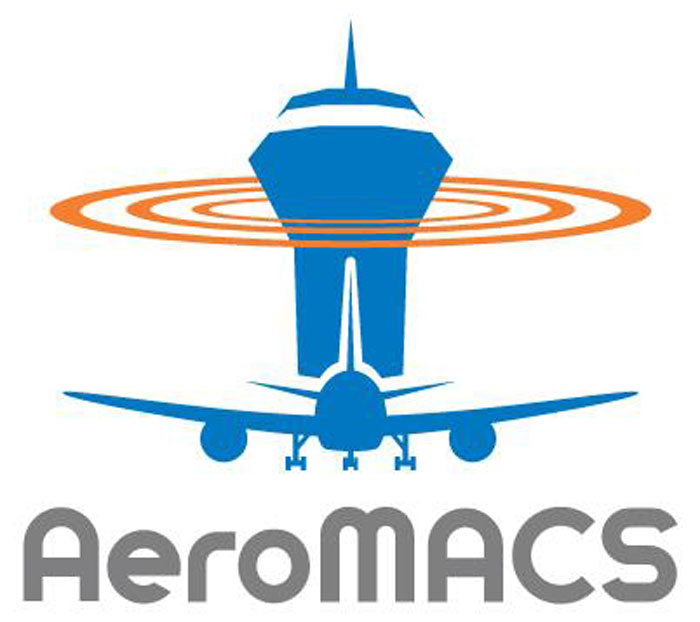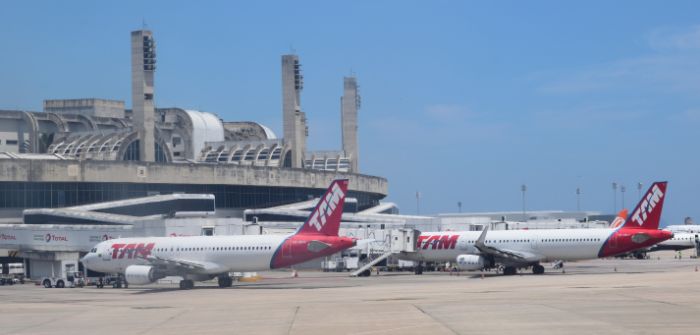Siemens is rolling out a new operational communications and data digitization system at RIOgaleao – Tom Jobim International Airport, in Rio de Janeiro, Brazil.
Called AeroMACS (Aeronautical Mobile Airport Communication System), this mobile broadband communications technology transmits real-time data and images to airport operators, facilitating and optimizing management of the entire site, which receives about 15 million passengers and operates more than 50,000 flights each year.
The data is obtained through sensors and cameras installed in both mobile assets (passenger buses, runway operator vehicles, boarding stairs, and so on) and fixed assets (such as radar and runway sensors). The system was developed jointly by the Digital Industries and Smart Infrastructure areas at Siemens to meet the specific needs of RIOgaleao.
“AeroMACS has enabled graphical data and real-time video to increase situational awareness, detect traffic movement and improve operations at the airport with the potential for integration of multiple services,” said Ramon Alves Alem, of the IT department at RIOgaleao. “AeroMACS is in compliance with worldwide aviation standards and provides the high-speed, bandwidth, capacity, performance, and security needed to address the growing need for data communications at the airport surface.”
The new system can be applied in several ways to facilitate the management of the airport, such as: vehicle monitoring, passenger flow in specific areas, and increased control of aircraft on the runway.
“There are many different applications, but the data collected needs to be aligned to the business and needs of the site. With this information, it is possible not only to make faster decisions, but also to gain insights for future intelligence plans,” explained Sergio Sevileanu, a Siemens Digital Grid engineer in Brazil, who took part in the development of AeroMACS at Tom Jobim International Airport.
As it is new airport management technology, the system in RIOgaleao is in a period of testing and its license is being analyzed by regulators such as the National Telecommunications Agency and the National Civil Aviation Agency. Approval is expected by the end of this year.


